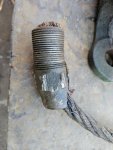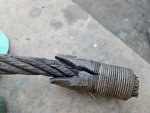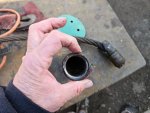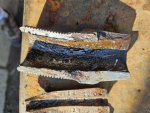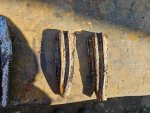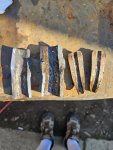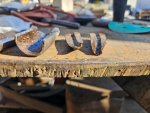- 8,698
- 3,204
- 113
- Location
- Monrovia, Ca.
Steel Soldiers now has a few new forums, read more about it at: New Munitions Forums!

.I have looked, Oshkosh doesn't have any, Eastern Surpluss has none, both show on their sites, but not in stock. Who else might have the rear winch socket?
I did put up a parts wanted ad.
View attachment 919918
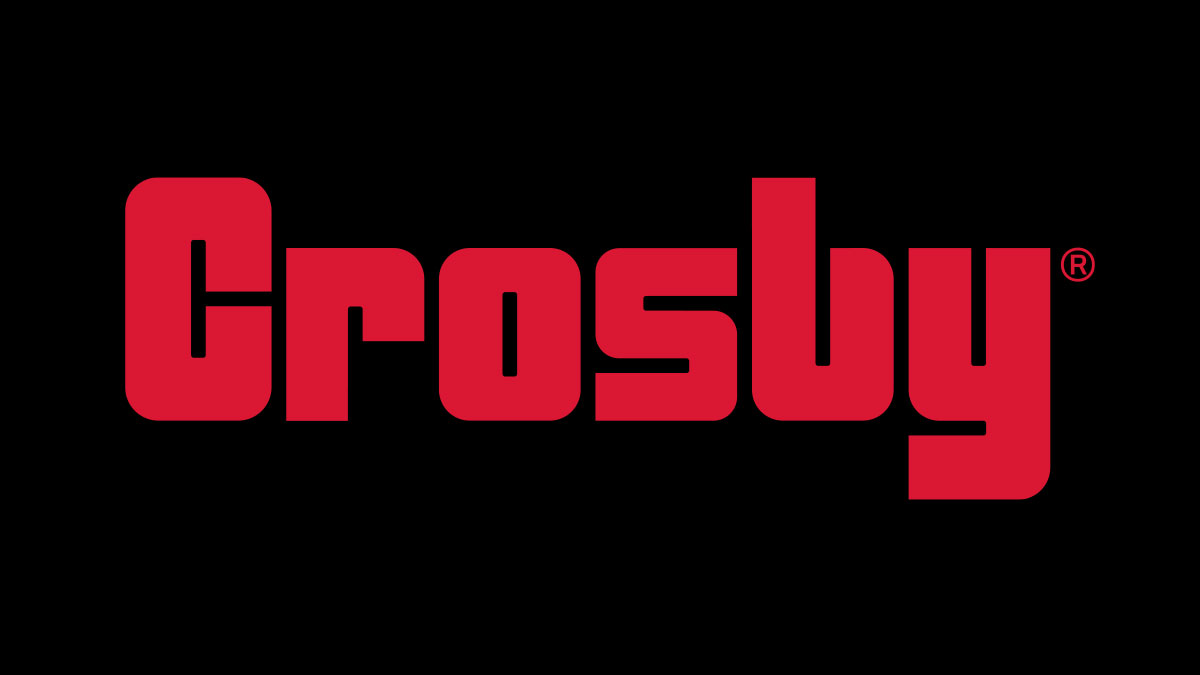
I did look at those, and they requier a piece on the end of the cable to lock it in. There is a liquid that can be mixed and poured onto the socket. This will be a last resort. But thank you!.
Croby sells these "wire rope fittings" and their name carries weight... The big plus to using these things is that they are rated at 100% of the cable capacity when installed correctly. Often times they are called "swage sockets".

McKissick® 416 Open Spelter Sockets | Crosby®
Crosby's full catalog and product listing for the Crosby McKissick® 416 Open Spelter Socketswww.thecrosbygroup.com
.
This is what we have, didn't know about the different lay. I do have a p/n. I was going to try Memphis. I have not looked out back, there might be a winch or some cable just baking in the sun. I'll check that tomorrow.Those Crosby's are not the same, they need to be permanently swaged.
The one used on most military winches is a screw-together job, with a bronze insert that supports the individual strands. A bench vice and a quality open-end wrench are all one needs to remove/install those.
Something to be aware of, is wire rope comes in left-lay & right-lay. ID what you have B4 ordering...
.This is what we have, didn't know about the different lay. I do have a p/n. I was going to try Memphis. I have not looked out back, there might be a winch or some cable just baking in the sun. I'll check that tomorrow.
